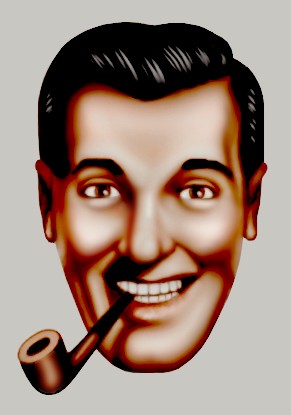The Easter Bunny
Actually, it should be the Easter (Eostre) Hare.
The hare was a popular motif in medieval church art. In ancient times it was believed that the it was a hermaphrodite. The idea that a hare could reproduce without loss of virginity led to an association with the Virgin Mary, with hares sometimes occurring in illuminated manuscripts and Northern European paintings of the Virgin and Christ Child.
In medieval Christianity eggs symbolized the tomb of Christ, that would be opened with his resurrection.
Eggs, like rabbits and hares, are fertility symbols of antiquity. these became symbols of the rising fertility of the earth at the Vernal Equinox. The hare and the egg have a long association in Pre-Christian times. The egg and the hunt for it are found in many spring equinox fertility rituals. As is the case with most major holidays, its rituals have compiled over time . For example, the hare was the sacred animal of Eostre the ancient Teutonic Goddess of the Spring Moon. Eostre’s hares laid an egg, the “Egg of a New Life”, the Eostre Egg.
"Mythologically-speaking the resurrection of Christ, the Easter Bunny, and Easter eggs are very much the same in their symbolism. They all represent new life that comes with the Spring season so it was only natural that pagan converts would retain these images and mesh them with their new faith."



















No comments:
Post a Comment